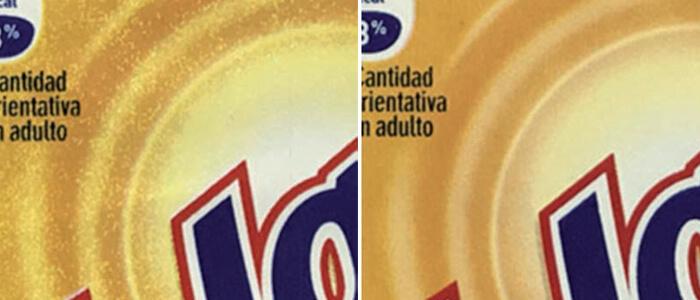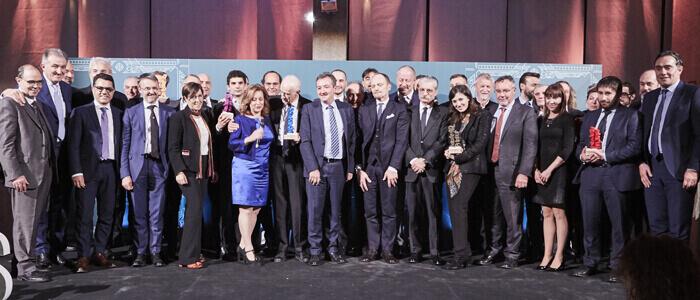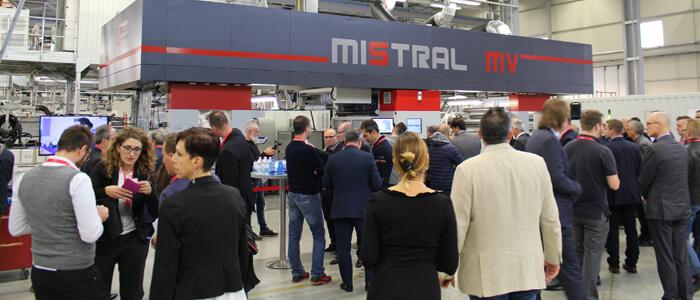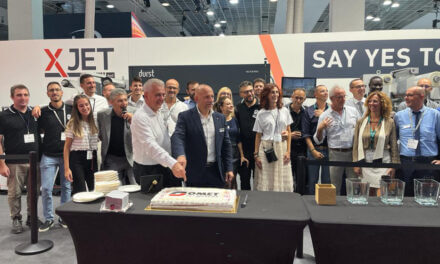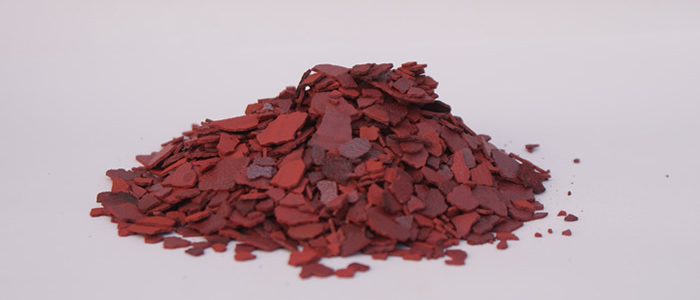A study on ESA systems for the elimination of electrostatic charges: classic configurations, strengths and weaknesses, research trends. by Maurizio Barbui, Technical manager of ACE Electrostatic
Gravure is a mechanically simple and direct printing process. The ink is transferred directly to the substrate from small cells that are precisely engraved into the surface of the printing cylinder (image carrier). The cylinder rotates in the ink pan; the ink is wiped from the printing cylinder surface by a doctor blade. Each engraved cell holds the ink in place as the cylinder turns past the doctor blade. The substrate is pressed onto the printing cylinder surface by the rubber covered impression roller, resulting in a direct ink transfer on the substrate.
Print units: configuration The printing group and the dryer are the two main sections of a Rotogravure printing unit. The printing unit configuration consisting of:
- Printing cylinder
- Doctor Blade
- Impression roller
- Ink pan
- Inking system
– The printing cylinder consists of a seamless tube of either steel, aluminium, plastic or composite materials. It is then electroplated with copper and then the image is etched (engraved) so that the print areas are below the surface of the cylinder. The next step is to chrome plate the engraved copper cylinder to increase the life of the engraving. – The doctor blade is the device that removes the excess ink from the non engraved portions of the printing cylinder. The doctor blade contact angle and distance from the printing nip is key to balance the print quality, ink drying and press speed.
– The doctor blade is mounted on a precise and rigid mechanism to ensure that it is straight and ripple-free. It is pneumatically loaded onto the printing cylinder and oscillates back and forth across the printing cylinder, reducing cylinder wear and helping to remove debris build-up, which can be trapped under the blade.
– The impression roller is a rubber covered sleeve, that is mounted on a steel mandrel. It is friction driven, with the primary purpose of squeezing the substrate against the printing cylinder. For substrates that have a surface roughness, electrostatic assist (ESA) is a normal practice to improve the printing quality. ESA applies an electric field between the printing cylinder and the impression roller.
One of the most common problems in gravure printing is related to the “Missing Dots”.
When the ink sited into the engraved cells of the printing cylinder cannot be completely transferred to the substrate to print, being it paper or film, dots on the image will be missing, generating a poor quality print. It is clear too that the consumption of ink in such situation grows, in fact, in order to achieve a full ink coverage on the surface, and hence an acceptable printing quality, a higher quantity of ink is applied. Of course a compromise in this sense must be found, otherwise the excess of ink on the substrate may reduce the print quality.
ESA, or Electrostatic Print Assist is the means to solve this problem.
How it works An electrostatic charging device, perfectly calibrated according to print and production needs, generates a homogeneous and intense electrical field between the pressure roller and the printing cylinder, thus polarizing the ink in the engraved cells. This effect facilitates the full transfer of the ink onto the substrate to be printed.
How the system looks
There are two models of ESA application currently available on the market: Direct Charging and Top Loading Normally Direct Charging is used for installation on brand new machines, when the installation is done at the machinery manufacturing plant. ESA Direct Charge components for each printing unit: One antistatic bar at entrance of the printing unit is installed to eliminate the static charge, which is normally given by the substrate running along the press against the various rollers installed in the machine. One charging device is located at one end of the pressure roller. This device receives the high voltage by the generator installed on one of the shoulders of the press and transfers the charge to the rubber sleeve mounted on the pressure roller. The sleeve must have specific electric features allowing the electrostatic charge to be homogenously distributed on the entire surface of the sleeve itself. When this happens, an electric field of the proper strength will be generated in the printing nip and ink will be “pulled out”/”attracted” onto the substrate running in-between the sleeve (pressure roller) and the printing cylinder. 100% of the ink will then be leaving the cells, resolving the problem of missing dots. After this process, a second antistatic bar is installed at the paper/film exit point from the printing unit, with the purpose of eliminating the electrostatic charge given by the ESA itself. Antistatic bars are normally fed with about 7 kV by the same generator box.
– The ESA Top Loading system is good for all applications, meaning for both new presses equipped at manufacturing plant and overall retrofitting. In fact, the system differs from the Direct Charge one only in the way the static charge is applied to the sleeve. In this case, a static charging bar is used in place of the device mounted at the end of the pressure roller. Therefore, instead of applying the charge from within outwards, the energy is homogeneously distributed, thanks to the double row of emitting pins, on the surface of the sleeve from the outside. The result will be the same in terms of taking the ink out of the engraved cells, reaching the substrate passing through the pressure roller and the printing cylinder. Here again, the sleeve needs to have specific electrical features in order to get the right electric field in the nip.
– The last important element comprising the ESA system is the controller, driving each single ESA onto the single printing unit and giving information back to the operator. The controller is a touchscreen PC with dedicated software for a friendly and easy use. Via the software the operator can manage several features: the setting of the kind of substrate to be printed, the setting of working parameters, the registration of formulas, the alarm log, on-line sleeve control, remote service. Some of this technology is also inclusive of a special interface for integration directly in the machine supervisor system, thus eliminating one monitor from the control desk of the printing machine.
Safety and userfriendliness: Directions of Research
The latest technology regarding ESA is represented by the replacement of the high voltage, as said 5kV for antistatic bars and about 10kV for static charging, with a low 24 voltage. How it works: Thanks to miniaturization of the electronics, all transformers are mounted inside the body of the bars, either with regard of the antistatic and the static charging. This means instead of having high voltage between the generator (box installed at the shoulder of each printing unit) and the bars, or the charging element inside the pressure roller, only a low 24 voltage is supplied. This innovation goes in two directions: safety and ease of installation. In fact, it often happens during maintenance operations that a bar is pulled out by the cable, or connectors and cables coverage may crack due to ageing of the materials or the warmth in the area, causing risk of fire. Safety means no risk of fire due to there being no high voltage cables running inside the printing unit, as well as no connectors, which means no risk of sparking due to cable breakage or wear. Installation is facilitated in smaller and lighter power supply to be installed at the shoulder of the printing unit in place of the generator boxes.

